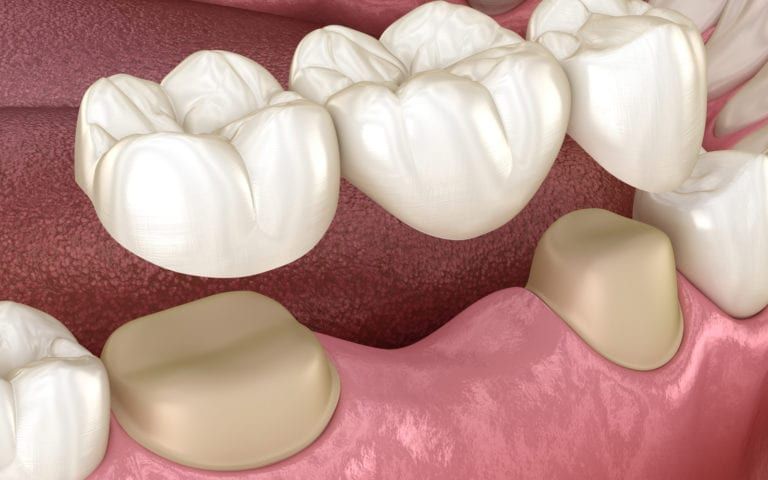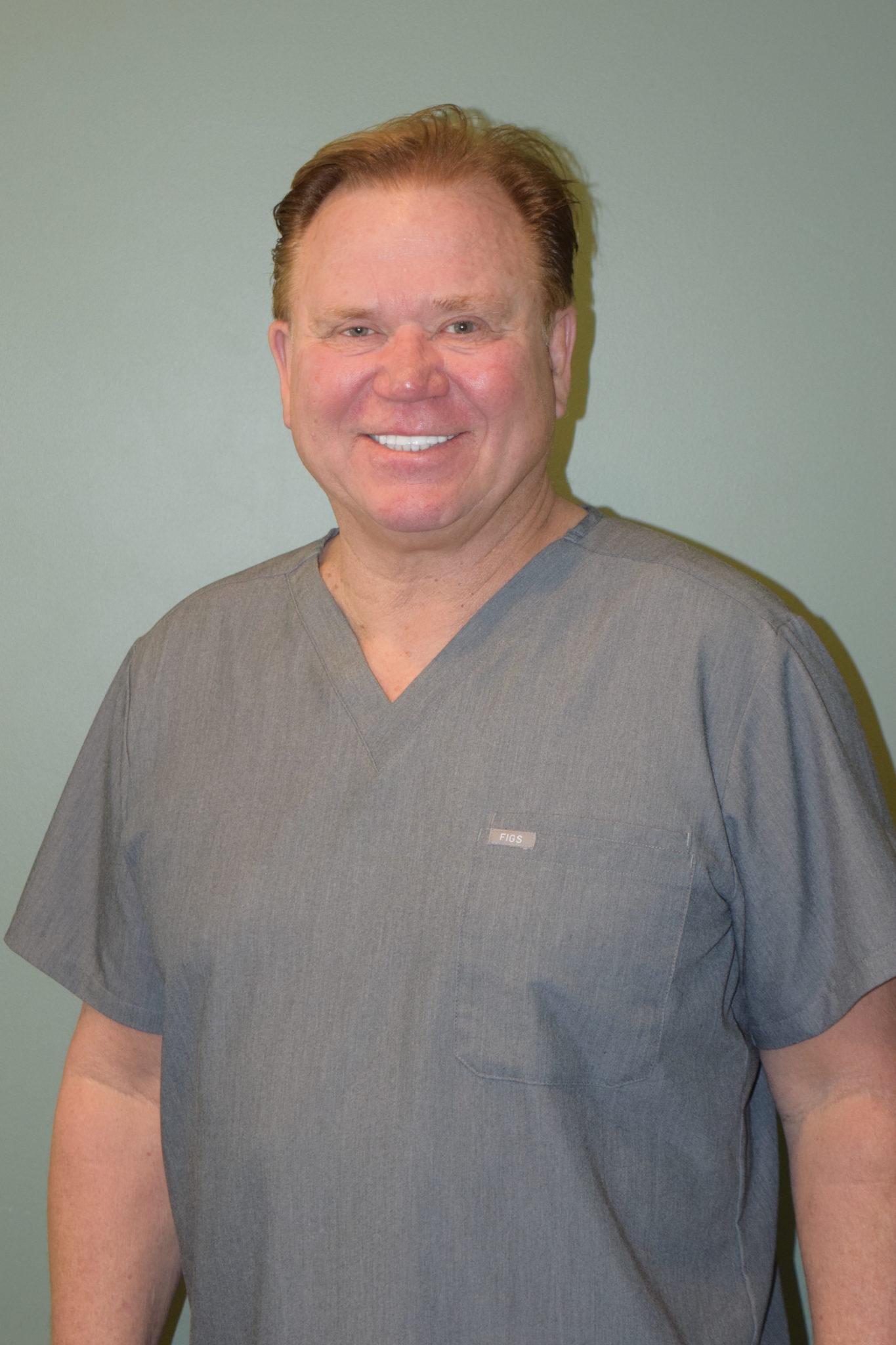The Four Types of Dental Bridges

While traditional dentures and bridges are still commonly used in dental practices, dental implants are the rising star of restoration dentistry. Every year further advances make these complete restorations more accessible for a broader range of patients. This means that understanding the options available and how they can help you restore missing teeth is more important than ever. There are four primary types of dental implants, each one appropriate for different patients and different forms of restoration. Keep reading and learn how you might be able to restore your missing teeth with beautiful and long-lasting dental implants with Sunset Dental Group.
What Are Dental Implants?
Before we get started explaining the different types, we should probably spend some time talking about exactly what dental implants are. Dental implants are a form of restoration dentistry that goes beyond the simple prosthesis dentures of yesteryear. Rather than sitting in a jar on the nightstand every night like these older models, most dental implants are only removed during your regular dental visits. The term ‘implants’ refers to the titanium posts that are set into your jawbone as a securing point for the prosthesis.
Two-Stage Dental Implants
As implied by its name, this form of implant requires multiple visits to put in place. During the first visit, you’ll receive a set of titanium implants that go into the jawbone. After just a few months of healing, you’ll return to have the next stage of the process completed. This includes the attachment of the abutments that will serve as the mounting point for your restoration and a temporary restoration. Following another healing period, the final restoration will be mounted in place.
- Endosteal/Endosseous Dental Implants – These types of implants are most often placed in the two-stage dental implant style. They often are an alternative to getting dentures or a bridge.
Single-Stage Dental Implants
For those seeking a faster option for dental implants, single-stage implants only require a single visit. Rather than implanting the titanium stud and then the abutment and prosthesis, a longer mounting implant is put in place during the first visit. While a few months of healing is required before the restoration can be put in place, there is no mid-stage to reveal the implants.
- Subperiosteal Dental Implants – These implants are placed into the jawbone with the metal post that is used to hold the restoration still exposed. This is the most commonly used form of implant involved in single-stage dental implants.
Preparing for these implants requires a visit to our offices for an evaluation. Sunset Dental Group helps patients throughout the Santa Ana, CA area restore their smiles and boost their quality of life. Call us today, and our team of friendly staff can answer your questions and help you get ready for your next appointment. During your appointment, Dr. Amanda Rae Kronquist will perform a full dental examination and go over your medical and oral health history. Finally, you’ll receive a consultation to determine if you can receive implants and what your next steps will be!

Recent Comments